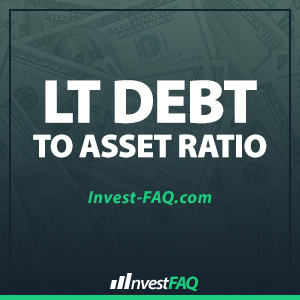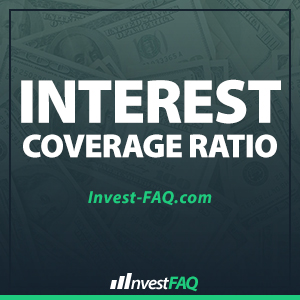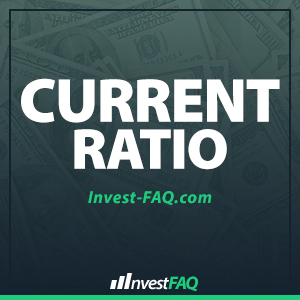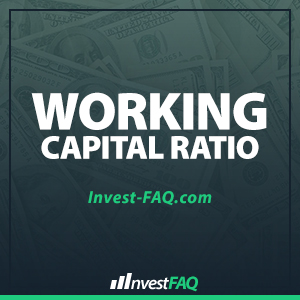The Long-Term Debt to Asset Ratio is a metric that tracks the portion of a company’s total assets that are financed through long term debt. This ratio allows analysts and investors to understand how leveraged a company is. What is the Long Term Debt to Assets Ratio? Understanding the degree in which a company relies
Category: Financial Statement Analysis
Interest Coverage Ratio
The interest coverage ratio is a measure that indicates how many times the business’ Earnings before Interest and Expenses (EBIT) cover the company’s interest expenses. The Interest Coverage Ratio is a debt ratio, as it tracks the business’ capacity to fulfill the interest portion of its financial commitments. What is the Interest Coverage Ratio? Lenders
Debt to Equity Ratio
The debt to equity ratio is a metric that tracks how leveraged a company is by estimating how many dollars of debt it has for each dollar of equity. The Debt to Equity Ratio is employed as a measure of how risky is the current financial structure, as a company with a high degree of
Current Ratio
The current ratio, sometimes called the quick ratio, is a liquidity ratio that measures a company’s coverage of its current liabilities by its current assets. It tracks the short-term solvency of the business by assessing the number of times the short-term assets, those that will be converted into cash in less than 12 months, cover
Average Collection Period
Average collection period is a measure of how many days it takes a firm, on average, to collects its receivables. It indicates the efficiency of the collection process and the lower it is the shorter the cash cycle of the business is, which has a positive impact on its profitability. What is the Average Collection
Contribution Margin
Contribution margin is a measure that indicates how much a business earns on each of the product it sells, after deducting its variable costs. The contribution margin results from multiplying the price per unit by the number of units sold minus the variable cost per unit times the number of units sold. The resulting figure
Dividend Yield Ratio
The Dividend yield ratio is a financial ratio that indicates what percentage of the current price of a company’s shares is paid as dividends on a yearly basis. The dividend yield fluctuates, as the price of the shares fluctuate. It could also fluctuate due to changes in the company’s dividend distribution policy. What is a
Earnings Per Share (EPS)
Earnings per share (EPS) is a measure that calculates how much of a business’ net income can be attributed to each of its outstanding shares. It is a highly useful metric for shareholders, as it allows them to estimate how much they earned for each of the shares they hold. What is Earning Per Share?
Working Capital Ratio
A company’s working capital is understood as the result from subtracting current assets from current liabilities. As a metric, the Working Capital Ratio is also known as the current ratio and it calculates a company’s capacity to cover for its current liabilities with its current assets. Simply put, it is a liquidity measure that unveils
Residual Income (RI)
In the context of corporate finance, Residual Income (RI) is understood as the positive amount that results after subtracting the cost of capital from the business’ net earnings. This residual income is employed as a variable to value a company, same as cash flow is employed in valuation methods such as the Discounted Cash Flow










